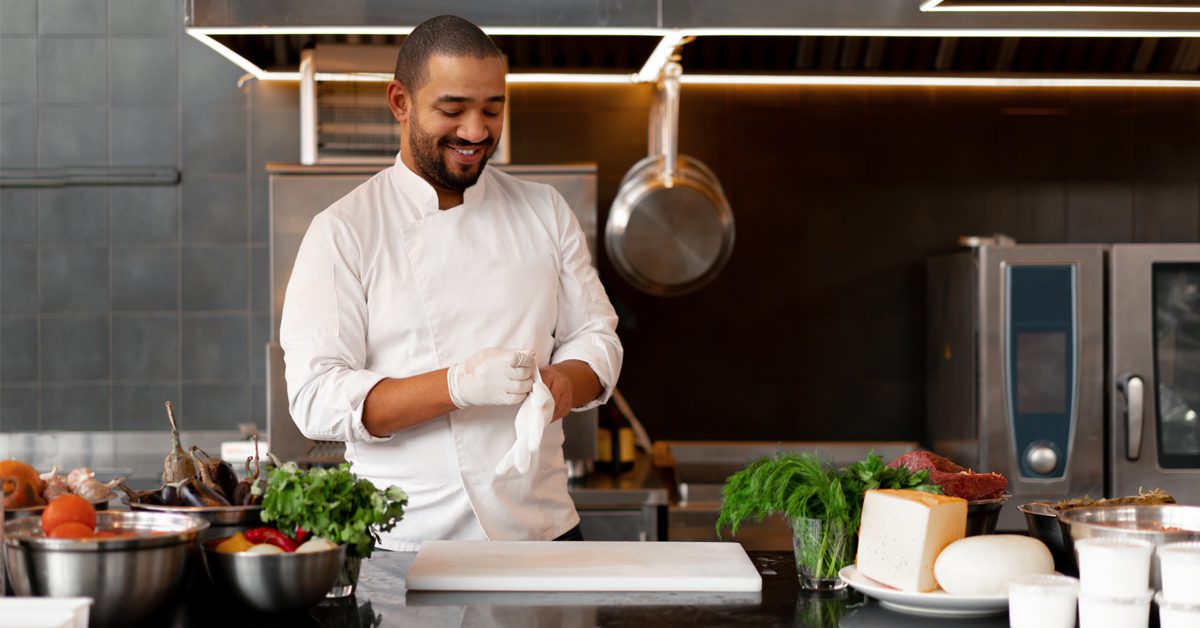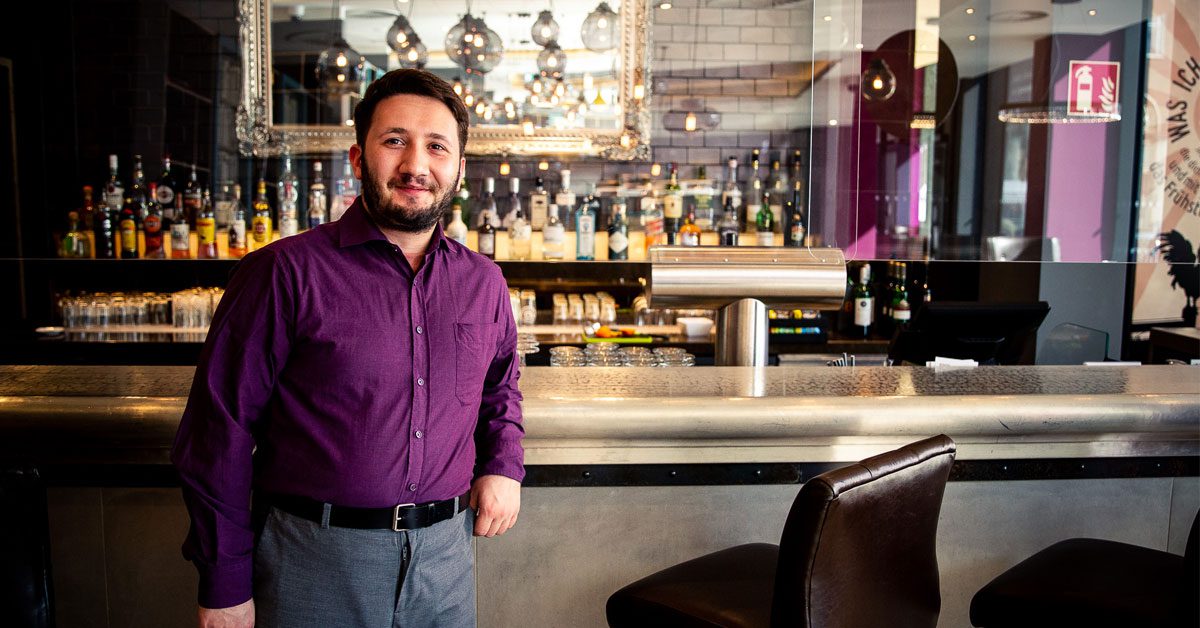From a customer’s perspective, restaurants are warm and friendly environments. They are a place to get a good, filling meal or to enjoy the company of family and friends. On the contrary, hospitality managers are keenly aware of the potential hazards these establishments can pose to employees. The potential for injury is high and establishing how to prevent these hazards and accidents in restaurants must be your top priority.
Even kitchen prep work and clean-up come with potential dangers, especially if employees are not properly trained and up-to-date with the newest protocols. It is not just physical hazards that pose a risk, chemicals can be a threat to staff if not stored or cleaned up after properly. This is why a restaurant environment must be run efficiently and smoothly in order to protect employees as best as possible.
In this article, we will be looking at 7 ways to prevent hazards in restaurants by giving you useful tips to help ensure the safety of your crew.
7 Ways to prevent risks and hazards in restaurants
When taking a closer look at prevention, hospitality managers often refer to this procedure as the hierarchy of control measures. Slip, trip and fall (STFs) injuries can account for 37% of all workplace injuries. Taking this figure into account, it is in everyone’s best interest (employees, managers and owners) to minimise hazards in the kitchens and dining rooms in restaurants. Doing so may include both obvious and less apparent methods in order to conduct a proper assessment.
1. Make sure everything is set for opening
In order to make sure the day-to-day operations of your restaurant run smoothly, it is important to keep a checklist of everything that needs to be done before opening time. Keep the essentials under control such as each employee is wearing the correct uniform and footwear, all of the floors have been cleaned and all supplies are readily available.
2. Stay dry and clear
It is best to ensure surfaces have enough time to dry and do not wax or polish floors in a way that might increase slipperiness. Ensure floors are kept clean and dry during the day to prevent slip or fall accidents. On top of that, a key step to prevent hazards in restaurants is to make sure high-traffic corridors are kept clear of obstructive objects and debris. Close cabinet doors after retrieving the necessary items and do not store any equipment or boxes in stairwells.
3. Update or replace old mats
Slip-resistant mats are essential staples for entryways and behind the counter of the till. Placing a mat on a floor that is partially wet can still present serious slip hazards. Inspect mats periodically to check for rips and tears and replace them when needed. Not only a leader in protective footwear, but Shoes For Crews also has a selection of sturdy, dark-coloured mats for all types of hospitality venues.
4.Assess the floors
From time to time, it is a good idea to reevaluate the state of the floors in your restaurant. The UK does suffer from higher concentrations of humidity which can cause potential damage to wood and other types of surfaces. An assessment, whether in-house or professional, can help monitor the coefficient of friction (COF) at different points inside the restaurant. This can not only identify potential hazards but stop small issues from developing into larger problems.





